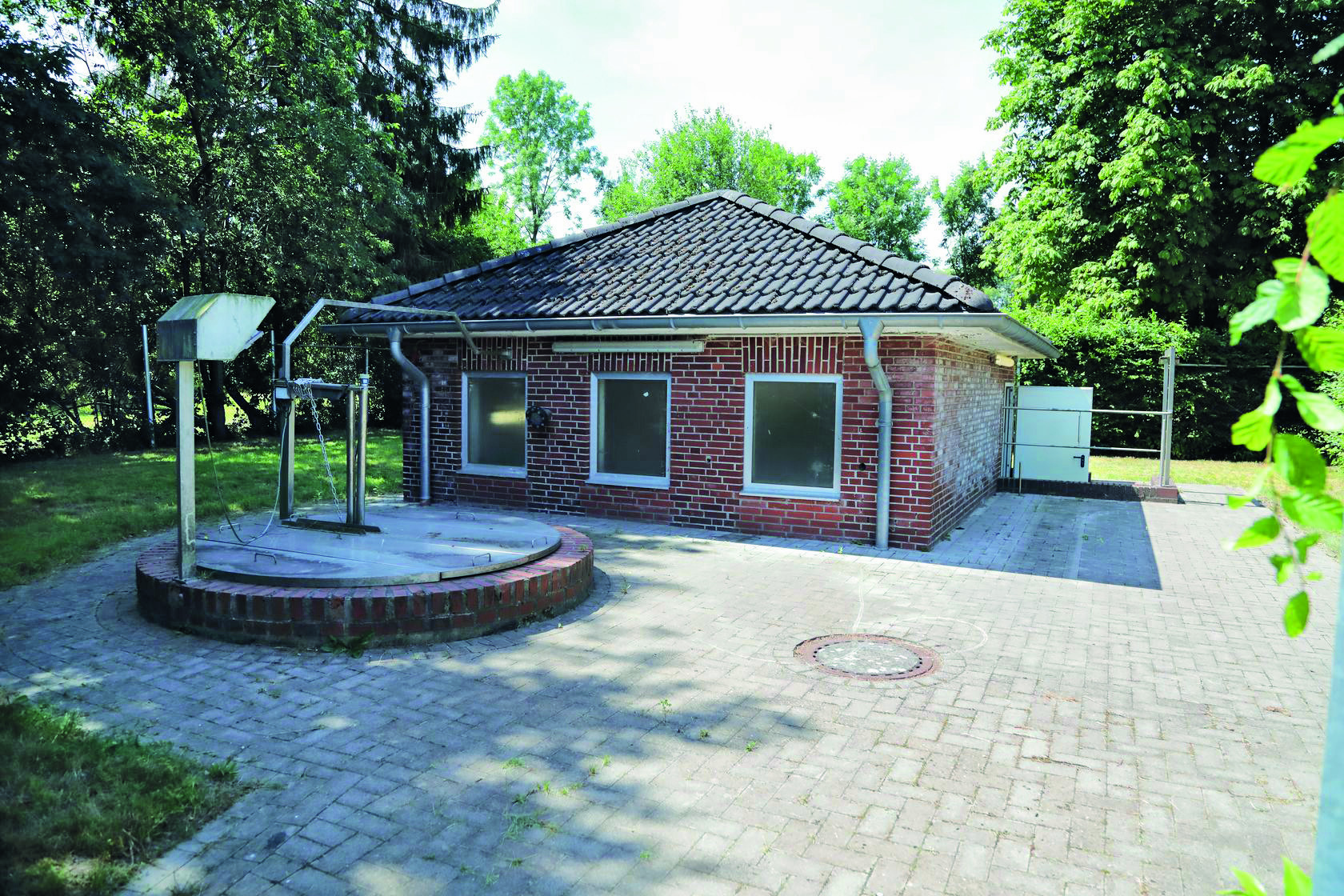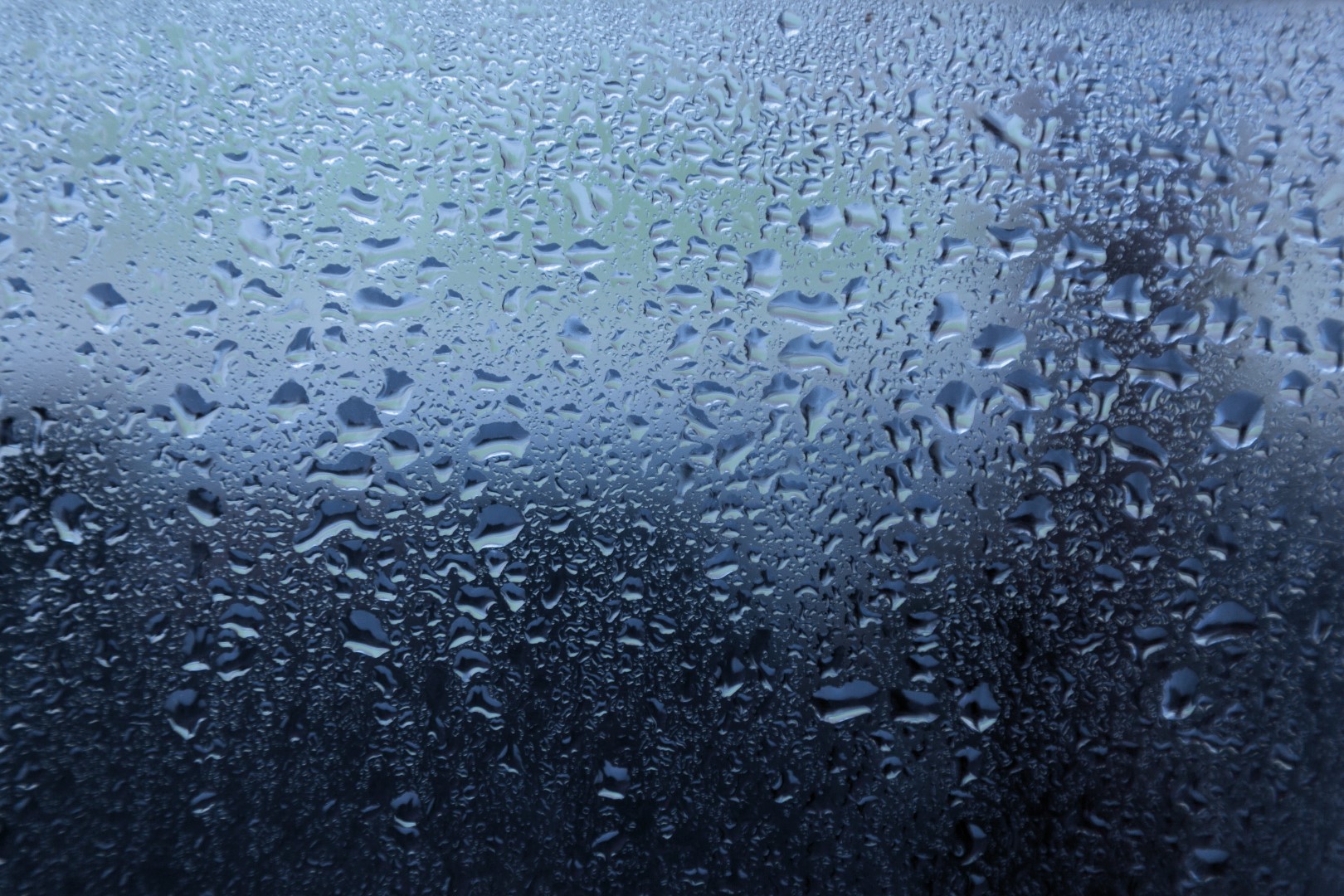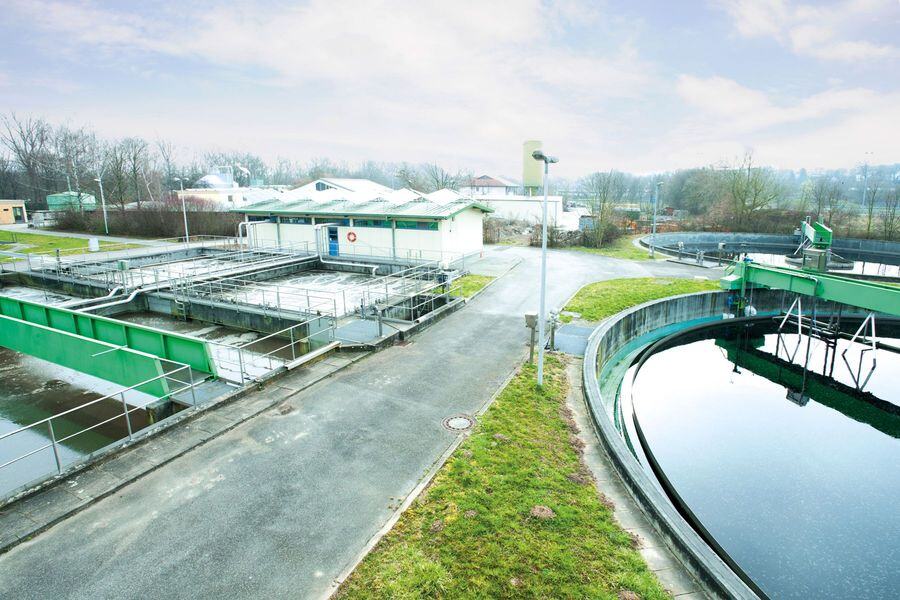Wet wipes? No Trouble!

The problem with the hated sewage blockers practically solved with the help of experience
The town of Wildeshausen, located in the nature reserve of the same name, is surrounded by fields and woods and has recently experienced a strong influx of new inhabitants drawn to its natural setting. To these people, this popular holiday destination is home.
Up until a few years ago, however, problems in the sewer system pumping stations of this county town for the district of Oldenburg in Lower Saxony would often interrupt the tranquility. But when the municipality hired a former wastewater specialist from the potato processing industry, the solution was soon found. He invested in rotary lobe pumps from Vogelsang, which are resistant to foreign matter. Blockages caused by wet wipes are now a rarity.
The sewage treatment plant and sewers in Wildeshausen are operated by the town itself. And very effectively, too: the fees for wastewater, most of which is domestic and commercial, have fallen over the past 25 years from a high of 2.14 euros to today’s price of 1.99 euros per cubic meter. The secret of this success is simple, as the Wastewater Manager explains: most of the money saved thanks to investment is reinvested. And this pays off for the inhabitants in the long run.
 The town of Wildeshausen operates its own sewage treatment plant and sewer system.
The town of Wildeshausen operates its own sewage treatment plant and sewer system.
One example of the town’s willingness to invest is the modernization of the 15 pumping stations in the municipality’s 85-km-long separated sewage system, which are overseen by the employees of the sewage treatment plant. These are gradually being renovated and fitted with modern, updated machine technology. One major problem here is the growing number of wet wipes and other cosmetics products in the sewage,
which used to frequently lead to clogging of the old pumps. Luckily, thanks to his experience in the food industry, the Wastewater Manager knew immediately which new installations would help: rotary lobe pumps. From his previous working environment, he already knew and appreciated the pumps’ performance and – far more importantly – their low susceptibility to blockages when pumping media containing foreign matter.
“The pump is the solution,” is the Wastewater Manager convinced, and “using cutters in the sewer system is the wrong approach.” For him, shredding disruptive matter such as wet wipes first, in order to then carefully filter it out in the sewage treatment plant later, for example with the use of a microplastics filter, is both self-defeating and unnecessary. He solved the clogging problem by using rotary lobe pumps because these can convey sanitary products and textiles without difficulty. Centrifugal pumps tend to wind disruptive matter into braids as thick as a person’s arm. So far, eight pumping stations in the municipality of Wildeshausen have been equipped with Vogelsang rotary lobe pumps. And their success proves them right: whereas all it took before was for someone to call out “Goethe Strasse pumping station” and employees would know exactly what to do and where to go, they now have to ask where exactly the pumping station is, so rare have blockage call-outs become.
Goethe Strasse pumping station: weekly maintenance call-outs because of wet wipes
 Goethe Strasse: maintenance and service have become considerably easier thanks to the new pumping station concept.
Goethe Strasse: maintenance and service have become considerably easier thanks to the new pumping station concept.
Previously, wet wipes clogged the dry- mounted screw centrifugal impeller pumps of the partially above-ground pumping station almost every week. Clearing the blockage could easily take two employees an hour or more. Especially given that the confined space made the work even harder. In 2017, the station was refitted with two rotary lobe pumps of the VX100-128Q type.
Although there were a few “teething difficulties” after the first start-up, the pumping station has been running without trouble ever since. If it should ever come to any problems, the employees aren’t particularly worried. Thanks to their self-priming design, it was possible to install the two rotary lobe pumps one level higher, where there is noticeably more space available for servicing and maintenance. It is no longer necessary to lower tools and spare parts down a nar-row ladder to the pumps.
Spascher Sand pumping station: getting to grips with hydrogen sulfide and wet wipes
Of course, when deciding on rotary lobe pumps, the wastewater manager was also keeping an eye on energy costs. Weighing up the ratio of electrical efficiency to operational reliability, he also installed rotary lobe pumps when modernizing the Spascher Sand pumping station a year earlier. After all, as he was well aware: “A single disruption can completely cancel out the energy savings of a highly efficient impeller.” And this is especially true of pumping stations that only run for a few operating hours each day, as is the case with the Spascher Sand station. The pumping station was originally built in 1985 and, 15 years ago, it was fitted with two submersible motor pumps, which were installed directly in the central shaft. This variant involves minimum investment costs, as he admits, but if you take the specific local circumstances and the life cycle costs into account, he believes dry-mounted rotary lobe pumps are the clear winners.
The pumping station was struggling with hydrogen sulfide. This forms in the 3.5-km-long pressure pipeline, which is only connected to a couple of houses. When the line was built, the area was expected to experience a very different development, including the building of a large hotel, among other things. The plans fell through, leaving an over-dimensioned pipeline behind. As there is too little sewage in the pipe and it stays too long in the channel, the sewage begins to break down. This results in gas that smells of rotten eggs. In turn, further biochemical processes form highly aggressive sulfuric acid. This was having a major impact on the Spascher Sand pumping station: almost half the wall thickness of the six-meter-deep concrete shaft had already been eaten away by corrosion. The acid had also strongly affected the pumps, pipes and fittings.
In addition to malfunctions caused by corrosion damage, Wildeshausen sewage treatment plant employees also had to rectify clogging of the pumps caused by wet wipes at regular intervals. In this case, this often also involved using a vacuum tanker because the completely flooded shaft had to be drained first before the pumps could be rescued. Added to this, for safety reasons relating to the problem with the gas, it was necessary to deploy two men each time.
 In the Spascher Sand pumping station in Wildeshausen, there are no longer any problems with hydrogen sulfide and wet wipes thanks to the dry-mounted rotary lobe pumps.
In the Spascher Sand pumping station in Wildeshausen, there are no longer any problems with hydrogen sulfide and wet wipes thanks to the dry-mounted rotary lobe pumps.
During the renovations in 2016, a polyethylene prefabricated shaft was inserted into the old concrete shaft and the gap between the old and new shafts was filled with concrete. Apart from a level meter and a check valve, there is no longer anything located in the aggressive environment of the central shaft. The pump technology, essentially consisting of two VX100-128Q rotary lobe pumps, is now located right next to it in a roughly two-meter-deep shaft. Unlike centrifugal pumps, rotary lobe pumps are self-priming, and so even the fact that the shaft didn’t have to be sunk as deep helped reduce costs significantly. And employees are happy with the new concept, too. The new shaft is roomier, making service and maintenance work much more hygienic as well as easier. There is no longer any need for a vacuum tanker, and employees no longer need to worry about the deadly gas, which remains separate in the central shaft.

Central shaft and pump shaft of the Spascher Sand pumping station after renovation.
In any case, employees only seldom come by these days on their routine visual inspections, as malfunctions are now rare and the pumping station is connected to the sewage treatment plant by a dedicated line. All the important operating parameters and data can now be viewed centrally.
Where it all began: Landskrone pumping station
Landskrone is the most important pumping station in the catchment area of the Wildeshausen sewage treatment plant. It pumps wastewater for the entire municipal area east of the Hunte River. Originally built in 1961, in 1976 three dry-mounted vortex impeller pumps with vacuum maintenance were installed. This technology remained in operation until the mid- 90s, leading by the end to almost daily trouble and high costs. The reason for this was homegrown: the volume of sewage had increased considerably over time, and small corrosion holes in the suction lines meant that the water was no longer contained by the vacuum system. In addition, there were problems with the wastewater itself, which is a not uncommon further source of frequent malfunctions. To alleviate the situation, the driving speed of the centrifugal pump was almost doubled. Although this significantly increased the capacity, it also led to cavitation damage, especially with the impellers. All in all, the result was not satisfactory, expensive and time-consuming repairs running up five-figure costs every year.
After taking up his position in Wildeshausen in 1992, the Wastewater Manager put his positive experience with rotary lobe pumps into practice here for the first time: high capacity with minimal space requirements, selfpriming and resistant to dry running and foreign matter – these were just the characteristics that the Landskrone pumping station demanded. And so, in the mid-90s he installed Wildeshausen’s first rotary lobe pump himself for a year-long test phase. After the year passed successfully, the pumping station was remodeled in 1997 and equipped with three Vogelsang rotary lobe pumps. Since then, an average of 220,000 cubic meters of wastewater is pumped each year from here to the sewage treatment plant. Clogging problems have become very rare. “Among other things, a 15-meter-long hose from a garden irrigation system once stopped one of the three pumps,” recalls the Wastewater Manager, “but we’ve never had any problems with wet wipes here.”

At the Landskorne pumping station, three VX186-184Q rotary lobe pumps convey approx. 220,000 m³ of wastewater per year to the Wildeshausen sewage treatment plant.
In 2016, the pumping station was renovated again, even more thoroughly, but on the same basis. Loyal as ever to the rotary lobe pump, the Landskrone pumping station concept was used as the template for other, nearby pumping stations – even though the delivery rates there are conspicuously lower and the smaller VX100-128Q rotary lobe pumps can be used, there are as good as no problems with wet wipes any more in any of the retrofitted pumping stations.
Further Links
Visit the virtual wastewater showroom

